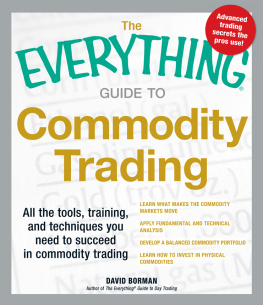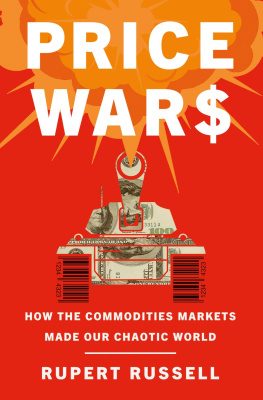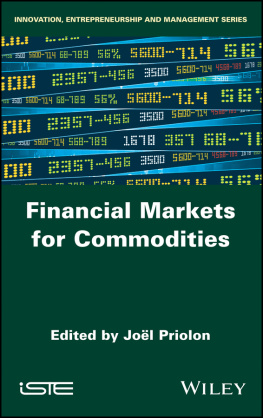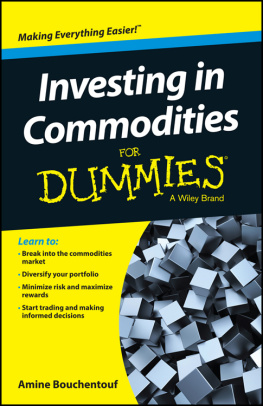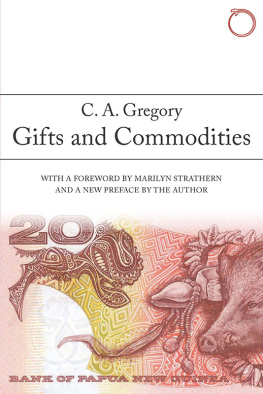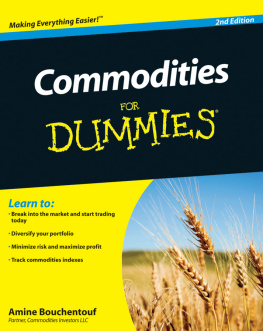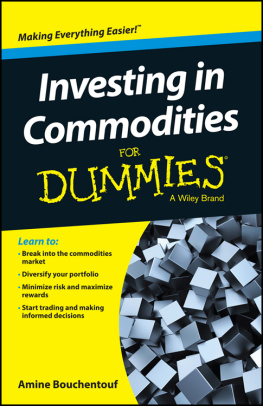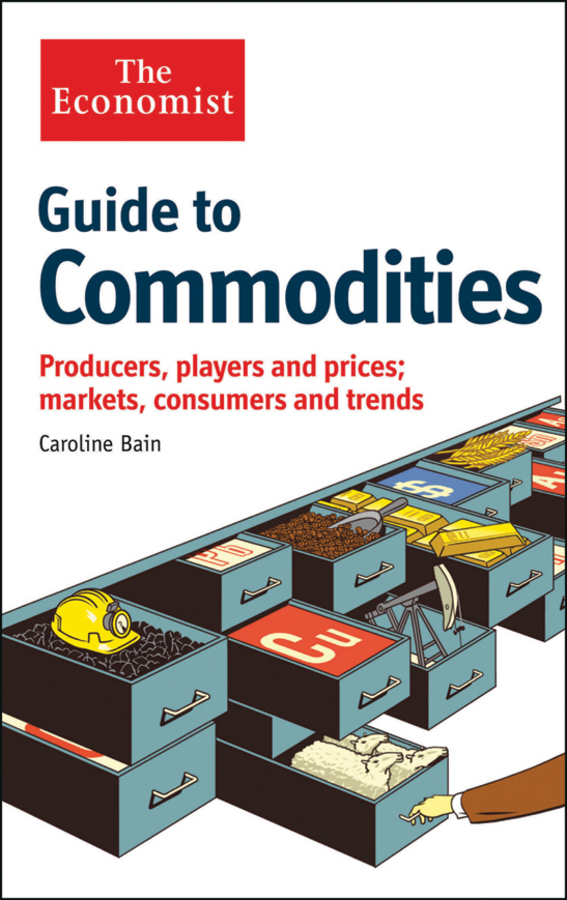Contents
OTHER ECONOMIST BOOKS
Guide to Analysing Companies
Guide to Business Modelling
Guide to Business Planning
Guide to Cash Management
Guide to Decision Making
Guide to Economic Indicators
Guide to the European Union
Guide to Financial Management
Guide to Financial Markets
Guide to Hedge Funds
Guide to Investment Strategy
Guide to Management Ideas and Gurus
Guide to Managing Growth
Guide to Organisation Design
Guide to Project Management
Guide to Supply Chain Management
Numbers Guide
Style Guide
Book of Business Quotations
Book of Isms
Book of Obituaries
Brands and Branding
Business Consulting
Business Strategy
Buying Professional Services
Doing Business in China
Economics
Emerging Markets
Marketing
Megachange the world in 2015
Modern Warfare, Intelligence and Deterrence
Organisation Culture
Successful Strategy Execution
The World of Business
Directors: an AZ Guide
Economics: an AZ Guide
Investment: an AZ Guide
Negotiation: an AZ Guide
Pocket World in Figures

Cover design: BRILL
Cover image: Bill Butcher
Copyright The Economist Newspaper Ltd., 2013. All rights reserved.
Text Copyright Caroline Bain, 2013. All rights reserved.
Published by John Wiley & Sons, Inc., Hoboken, New Jersey.
Published simultaneously in Canada.
Published in Great Britain and the rest of the world by Profile Books Ltd.
No part of this publication may be reproduced, stored in a retrieval system, or transmitted in any form or by any means, electronic, mechanical, photocopying, recording, scanning, or otherwise, except as permitted under Section 107 or 108 of the 1976 United States Copyright Act, without either the prior written permission of the Publisher, or authorization through payment of the appropriate per-copy fee to the Copyright Clearance Center, Inc., 222 Rosewood Drive, Danvers, MA 01923, (978) 750-8400, fax (978) 646-8600, or on the Web at www.copyright.com . Requests to the Publisher for permission should be addressed to the Permissions Department, John Wiley & Sons, Inc., 111 River Street, Hoboken, NJ 07030, (201) 748-6011, fax (201) 748-6008, or online at http://www.wiley.com/go/permissions .
Limit of Liability/Disclaimer of Warranty: While the publisher and author have used their best efforts in preparing this book, they make no representations or warranties with respect to the accuracy or completeness of the contents of this book and specifically disclaim any implied warranties of merchantability or fitness for a particular purpose. No warranty may be created or extended by sales representatives or written sales materials. The advice and strategies contained herein may not be suitable for your situation. You should consult with a professional where appropriate. Neither the publisher nor author shall be liable for any loss of profit or any other commercial damages, including but not limited to special, incidental, consequential, or other damages.
For general information on our other products and services or for technical support, please contact our Customer Care Department within the United States at (800) 762-2974, outside the United States at (317) 572-3993 or fax (317) 572-4002.
Wiley publishes in a variety of print and electronic formats and by print-on-demand. Some material included with standard print versions of this book may not be included in e-books or in print-on-demand. If this book refers to media such as a CD or DVD that is not included in the version you purchased, you may download this material at http://booksupport.wiley.com . For more information about Wiley products, visit www.wiley.com .
Library of Congress Cataloging-in-Publication Data:
ISBN 978-1-118-38371-1 (Hardcover); ISBN 978-1-118-42074-4 (ebk);
ISBN 978-1-118-70884-2 (ebk); ISBN 978-1-118-41736-2 (ebk)
Acknowledgements
I would like to thank Jessica Godden, who not only helped to compile and check commodities data but was also a great source of encouragement. Thanks also to my colleagues at the Economist Intelligence Unit (EIU) for their support and for giving me the opportunity to undertake this book. I am especially grateful to the experts on commodities that contribute to the EIU commodities publications they have taught me a lot.
Finally, thanks to everyone at Profile Books for their help, guidance and enthusiasm, and especially to Penny Williams for her meticulous eye during the editing process.
Introduction
WE LIVE OUR LIVES surrounded by products made, in part at least, using the worlds natural resources from the clothes we wear and the food we eat to the cars we drive, the houses we live in and the electronic devices we use. We depend on commodities, and commodity consumption increases with per-head incomes as countries become more developed.
Steadily rising, although at times volatile, prices in the past decade have underlined the economic importance of commodities and how dependent we are on them. The price of gold has soared to new peaks as currencies have endured a crisis of confidence; demand from China has pushed metal prices up; instability in the Middle East and North Africa has had its effect on the oil price; and food prices have been increasing in parallel with worries about whether there is enough to feed the world.
The exploitation and refinement of natural resources have been an integral part of human and economic development. The discovery of metals and subsequent experiments that determined their potential use were the catalyst for leaps in economic development and productivity. For thousands of years, people have been exchanging and trading natural resources agricultural products in particular largely in marketplaces throughout the world. Traders would often go far afield to bring back goods that were not produced domestically and so would command a high price. The first formal commodity exchanges started to emerge in the mid-19th century to meet the growing demands of a rapidly industrialising United States.
Commodities have a number of unique qualities. They are typically uniform in quality and lack product differentiation. For this reason, and unusually, there is a global price or benchmark for most commodities. Industrial commodities are usually used as inputs in the production of other goods and services, following some refining process on the raw material after extraction. Agricultural commodities are also often refined or processed in some way and are used as ingredients to make food and feedstuffs or textiles. Thus commodities are rarely bought directly by consuming households but are typically intermediate goods bought by manufacturing companies.
In its broadest sense, the word commodity can be used to describe any traded good (it is usually used for goods rather than services, but can be applied to both). Historically, it was also used to describe something of quality or value, but this interpretation has become largely obsolete although it does still apply to some precious metals. In recent years, the word has spawned a number of verbs, including commodify and commoditise. The former is to make something commercially viable, while the latter is more about reducing the power of producers as goods become hard to differentiate.


